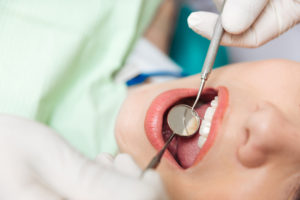In some cases, periodontal surgery is required. Gingivectomy is one such form of surgery, where gum tissue or other buildup that contributes to or is related to disease or gum, support structure and bone damage is present. During a gingivectomy, gum tissue is removed and repaired depending on its state of health or deterioration.
Generally, gingivectomies are only a last resort. They are performed when other nonsurgical treatments have failed or when a case of chronic gingival disease is present. It is usually performed before ligament or bone damage has occurred and is considered a last resort to stop that from occurring.
The surgery is outpatient and usually takes place over several visits. The periodontist will work on “quadrants” of a patient’s mouth. Local anesthesia is used on the patient and antibiotics can be prescribed afterward to prevent infection.
Success is determined by three factors:
- Levels of attachment of gums to teeth,
- Removal of infected tissue and buildup,
- The eradication or stopping of bacterial growth and buildup in the infected areas.
Any surgery required beyond the gingivectomy will be regenerative of attachment structures and usually include tissue and bone grafts.
The gingivectomy is considered by many periodontists to be a “bridge treatment.” What this means is that it is a treatment that is more serious than non-surgical procedures, but does not rise to the level of reconstructive or rehabilitative surgery.
















